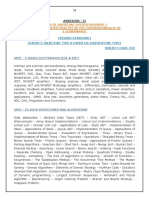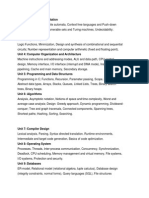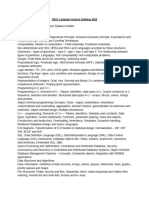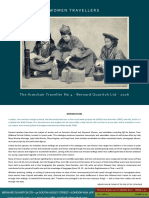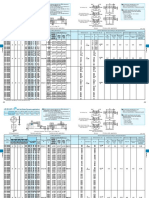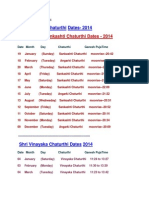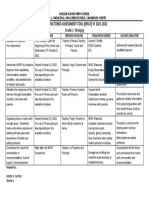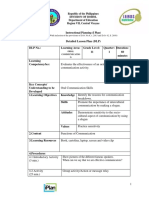0% found this document useful (0 votes)
41 views10 pagesUgc Net (1) Syllabus
The document outlines a comprehensive curriculum covering various topics in computer science, including discrete structures, computer architecture, programming languages, database management systems, operating systems, software engineering, data structures, algorithms, and theory of computation. Each unit details key concepts, techniques, and methodologies relevant to the field. The curriculum is structured to provide foundational knowledge and practical skills necessary for understanding and developing computer systems and software.
Uploaded by
sahusmruti66Copyright
© © All Rights Reserved
We take content rights seriously. If you suspect this is your content, claim it here.
Available Formats
Download as PDF, TXT or read online on Scribd
0% found this document useful (0 votes)
41 views10 pagesUgc Net (1) Syllabus
The document outlines a comprehensive curriculum covering various topics in computer science, including discrete structures, computer architecture, programming languages, database management systems, operating systems, software engineering, data structures, algorithms, and theory of computation. Each unit details key concepts, techniques, and methodologies relevant to the field. The curriculum is structured to provide foundational knowledge and practical skills necessary for understanding and developing computer systems and software.
Uploaded by
sahusmruti66Copyright
© © All Rights Reserved
We take content rights seriously. If you suspect this is your content, claim it here.
Available Formats
Download as PDF, TXT or read online on Scribd
/ 10




















